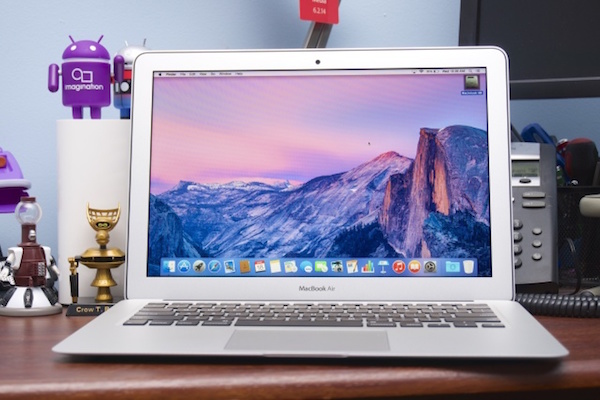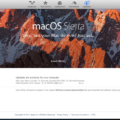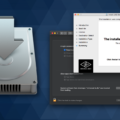Are you looking for a powerful laptop option? Look no further than the MacBook Air. The MacBook Air is a lightweight yet powerful laptop that can help you stay productive and connected on the go. But before you can fully take advantage of all the features, you need to make sure your MacBook Air is up-to-date. In this blog post, we’ll provide a step-by-step guide on how to update your MacBook Air.
First off, it’s important to check if any updates are available. To do this, open System Preferences and then click Software Update. This will open an interface where you can check for and install updates. If any updates are available, click Install Now and follow the instructions on the screen to install them.
Once any available system updates have been installed, it’s time to update your apps. To do this, open the Mac App Store and look for any apps with an Update button next to them in the Updates tab. Select any apps with an Update button next to them and then click Install or Update next to the apps in order to install the latest version of each app.
Finally, it’s important to periodically back up your data so that nothing is lost in case something goes wrong during an update process. To back up your data, open Time Machine from within System Preferences and select Back Up Now to begin backing up your data immediately.
By following these steps, you should be able to keep your MacBook Air running smoothly with all of its latest updates installed properly!

Troubleshooting MacBook Air Update Issues
Updating your MacBook Air may be difficult for a variety of reasons. First, make sure that you have enough RAM and storage space to download the update. It’s also important to make sure that your Internet connection is stable and that you have the latest version of macOS installed. Additionally, if your Mac is running an older version of macOS, such as High Sierra or earlier, you may need to download the update manually from Apple’s website. If none of these solutions work, try restarting your Mac in safe mode or repairing your hard drive in Disk Utility.
Updating a Mac That Will Not Update
If your Mac won’t update, there are a few steps you can take to try and resolve the issue. First, make sure there is enough free storage on your computer for the update. Restarting your Mac can also help. If that doesn’t work, try turning off/on your Wi-Fi connection and check for any server errors. Resetting the NVRAM and trying out a Combo Update may also help. If none of these steps work, try booting into Safe Mode and setting the date & time to Automatic. If all else fails, it may be best to contact Apple Support for more help.
Troubleshooting Mac Updates
It’s possible that your Mac is unable to update to the latest version of macOS for a few different reasons. First, you’ll need to make sure you have enough free storage space on your Mac for the updated files. If you don’t have enough space, the update won’t be able to download and install properly. Additionally, it’s possible that your Mac may be too old to support the new version of macOS; if this is the case, you’ll need to upgrade your hardware or purchase a new Mac in order to be able to use the latest version of macOS. Finally, make sure you’re logged in with an administrator account on your Mac; if you’re not logged in as an admin, you won’t be able to install the update.
Updating Mac: Why Is There No Option?
If you are unable to locate the option to update your Mac, there could be several possible causes. First, make sure you have an active internet connection. If your Wi-Fi or broadband connection isn’t working properly, then the software update server won’t be able to detect any updates for your Mac. You can test this by opening a web page in Safari.
Another potential issue is that your Mac may not be compatible with the latest version of macOS. To check if there is an available update for your specific model, open the App Store on your Mac and click on the Updates tab at the top of the window. If there are no updates listed, then unfortunately your Mac is not compatible with the current version of macOS.
Finally, it’s possible that you already have the most up-to-date version of macOS installed on your computer. In this case, there wouldn’t be any updates available in the App Store. To confirm this, open System Preferences and select ‘Software Update’. A message should appear stating that “Your software is up to date” if this is indeed true.
Conclusion
The MacBook Air is an excellent choice for anyone looking for a lightweight and powerful laptop. It has a sharp Retina display, a fast processor, and long battery life. The thin and light design makes it easy to carry around and the solid-state storage provides plenty of storage space for all your needs. With macOS Big Sur, you’ll have access to all the latest features on your Mac. Whether you’re a student, a professional, or just someone who needs a reliable laptop that won’t break the bank, the MacBook Air is an excellent option.







